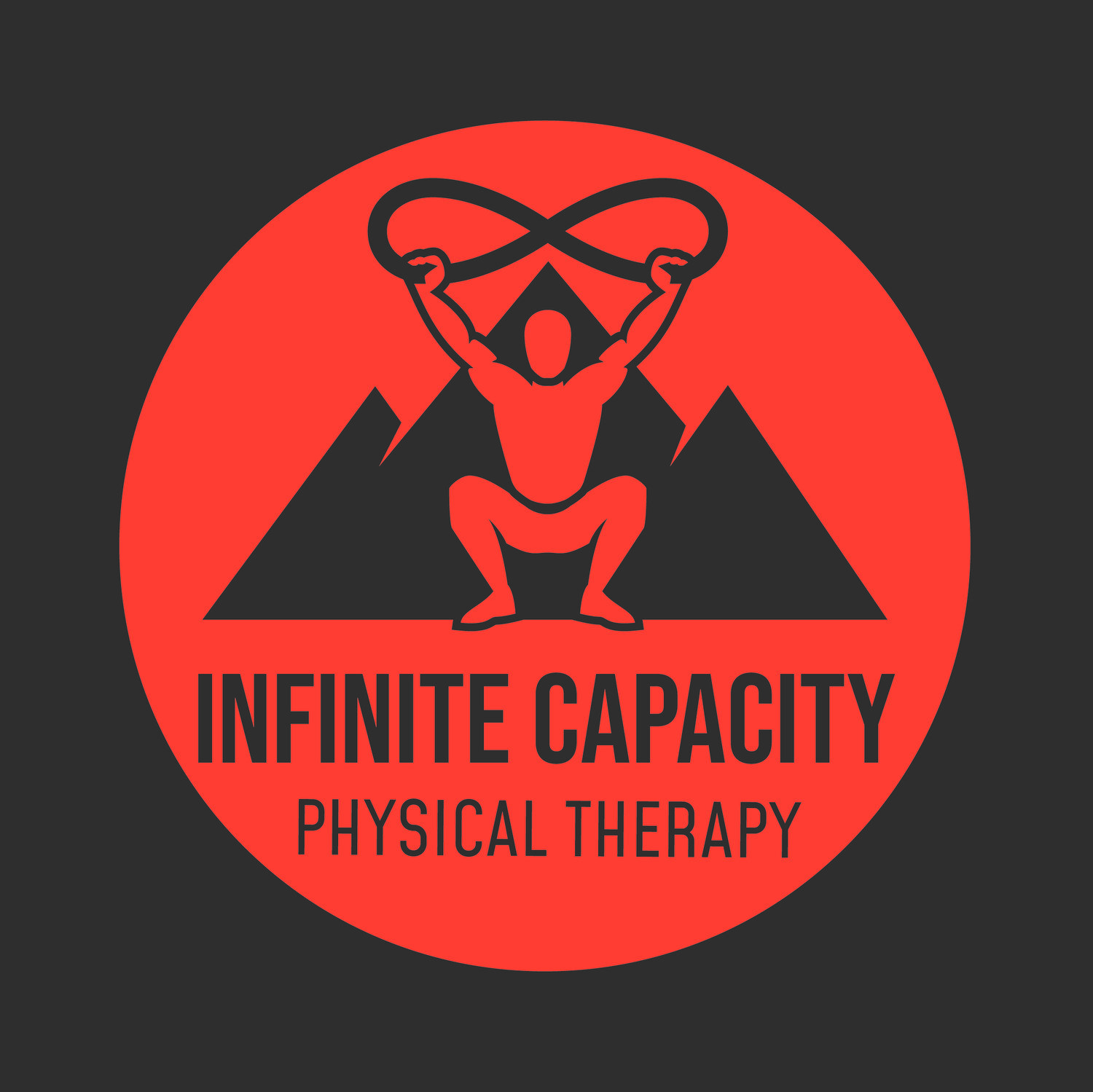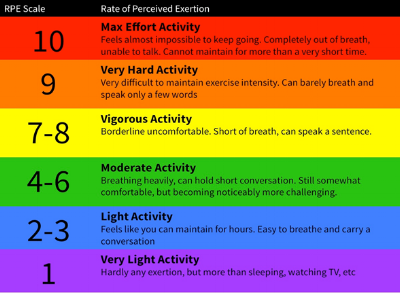Load Monitoring Part 3: Acute-to-Chronic Workload Ratio
One form of load monitoring is using Acute to Chronic Workload Ratio (ACWR). This is a measure comparing your last 4 weeks of training (chronic workload), to the most recent week of training (acute workload). It can give insight into whether your previous weeks of training prepared you for your most recent training load.
Ratio values under 0.8 and over 1.5 have been shown to correlate with under-training and over-training respectively, as well as increased risk of training-related injuries. But there is also a “sweet-spot” for these ACWR values, between 0.8 and 1.3, correlating to optimal training loads and maximal recoverable volume. Acute-to-Chronic Workload Ratios are calculated using the time duration of the training activity, as well as the athlete’s perception of the training session intensity as in the figure below.
Using duration and intensity can make ACWR applicable to any type of sport or training, and give much more meaning to training load monitoring compared to traditional methods such as distance, weight, or pitches. Let’s show how by revisiting the running training example from Part 2, but with adding time and intensity values:
Example 1:
Activity: Running
Distance: 5 miles
Method: Long slow run (conversational pace)
Time: 40 minutes
Intensity: 4 out of 10
Session ACWR Value: 160
Example 2:
Activity: Running
Distance: 5 miles
Method: Intervals (alternating sprint ¼ mile, very light jog ¼ mile)
Time: 40 minutes
Intensity: 7 out of 10
Session ACWR Value: 280
So when using the traditional method, these workouts would give equal values of 5 miles and 40 minutes… using ACWR values, we can see the interval workout results in much higher training loads over the same mileage. Gather these types of numbers for about 4 weeks, add some math, and you can find your ACWR. Analyzing training loads in this way can result in a much more accurate measure of an individual’s training volume over time, and can provide more appropriate recommendations for future training loads to optimize training gains while reducing injury risk. The best part is, this method can give valuable insight to workload volumes in any type of training or sport: swimming, biking, running, Olympic weightlifting, powerlifting, gymnastics, CrossFit, rowing, jumping, pitching, whatever!
Interested in ACWR and load monitoring? Infinite Capacity PT offers a monthly tracking service here (link).
Part 4 will discuss the measurement method which can be used to monitor your body’s response and recovery from training loads and lifestyle factors.


